“Marseille is marked by endless transit. It is a continuous site of arrival and departure, providing space for escape and sanctuary. At the same time, Marseille epitomises resistance and has always offered unique moments of productive tension. Marseille is an exceptional city within the European matrix: the ultimate unresolved city—in perpetual motion, revolving around multiple centres, historic and informal. Marseille’s infinite histories, biographies, and stories inform its lenticular existence. Marseille resists any linear categorisation. Marseille has no singular identity. The competing narratives that this unresolved place provides will be at the heart of Manifesta 13.
“Every day I think about where I come from and I am still proud to be who I am: first, a Kabyle from La Castellane, then an Algerian from Marseille, and then a Frenchman.” Zinedine Zidane
Marseille’s polarisation is historically embedded. It has a unique set of sociopolitical pre-conditions framed, amongst others by migration and social injustice. Yet these conditions, as well as the looming ecological crisis are hardly unique to Marseille; they are symptomatic of our times. In fact, one might argue that Marseille was the first mature city in the European context to present its beauty and difficulties to the world without shame, or as Marseille’s iconic writer Jean Claude Izzo put it:
“Its beauty can’t be photographed. It can only be shared. It’s a place where you have to take sides, be passionately for or against. Only then can you see what there is to see. And you realise, too late, that you’re in the middle of a tragedy. An ancient tragedy in which the hero is death. In Marseille, even to lose you have to know how to fight.”
[expander_maker id=”1″ more=”Read more” less=”Read less”]
Traits d’union.s is an opaque vehicle, a platform of sorts, a story, a play, a plot, a funambule between different spheres of influence, interests, (economic) realities, histories, and biographies—desires, dreams, and aspirations.
By taking the Condicio Marseillaise as a starting point and setting new relationships into play between local realities and those of Manifesta 13’s participants, Traits d’union.s will connect local debates with those happening elsewhere. Through a deep engagement with the conditions of change and exchange, Manifesta 13 will add voices to the tense and inspiring narratives already existing within Marseille. If Manifesta 12 Palermo talked about cultivating coexistence, Manifesta 13 Marseille seeks to evolve this legacy by asking: how can we not only co-exist, but actually come together to create new forms of care and ties of solidarity?
TRAILS AND JOURNEYS
Manifesta 13 engages with the architectural, urban, economic, social, and cultural structures of Marseille, building upon existing conditions and spaces. Traits d’union.s unfolds between indoor and outdoor spaces, across different sites of cultural production—from small organisations, to larger museum institutions, to an island, a port, a theatre, a boat, a self-organised cinema, a canteen, a stadium—and through urban trails of words, sounds, whispers, and codes. Traits d’union.s’ venues are elastic sites within a geography of actions and illusions, promises and premonitions, demands and resolutions: artists, poets, writers, scholars, and journalists wield the pen to unveil forgotten, hidden, emergent, or just never-happened narratives.
Each venue proposes possible models for gathering—places for dialogue and discussion, places where diverse forms of knowledge and collectivity can meet, and new scenarios are rehearsed—in our hope that some of these encounters will catalyse existing desires into lasting change
RE-TURNING THE INSTITUTION
In a moment when, across Europe, the institutional pillars of our social and political fabric are being tested and contested, Manifesta 13 Marseille proposes new alliances. Traits d’union.s creates shared spaces—moments—for bringing people and ideas together.
Cultural events, such as biennials, have the possibility to conceive such shared spaces where dialogue is possible. This is also why Traits d’union.s will work with, within, and across Marseille’s existing cultural institutions, symbolically as well as practically.
Among them: Musée Cantini, Centre de la Vieille Charité, Musée Grobet-Labadié, Muséum d’Histoire Naturelle, Musée des Beaux-Arts and Conservatoire National à Rayonnement Régional de Marseille.
Manifesta 13’s participants will infuse these existing institutions with different voices, activating the possibilities that these institutions still hold, by temporarily expanding their narratives outwards and inwards, giving way to more permeable, more open, and sometimes even more vulnerable conditions towards new forms of publicness, leaving them perhaps better equipped to speak to some of the challenges of the 21st Century.
TRAITS D’UNION.S
Traits d’union translates as a hyphen: as a mark linking two elements, bringing together two different words without blending them into one.
Traits d’union.s is a form of coming together.
Traits d’union.s allies within differences: languages, stories, and spaces that allow for forms of deviance and discrepancy.
Traits d’union.s goes beyond the centrality of the human subject, instigating newforms of care and responsibility.
Traits d’union.s is many and has many identities. Traits d’union.s is Us not I.”
The Manifesta 13 Marseille Artistic Team
The exhibition structure is devised into six plots in response to their historic locations: The Home, The Refuge, The Almshouse, The Port, The Park and The School.
[/expander_maker]









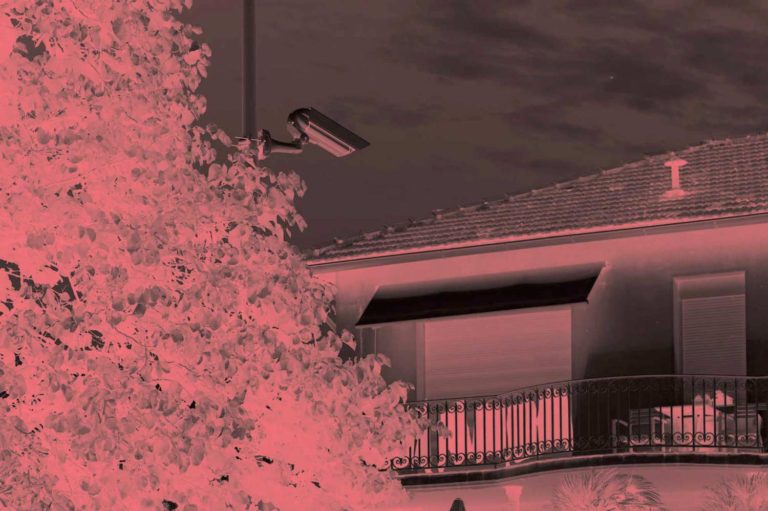 The Home
The Home 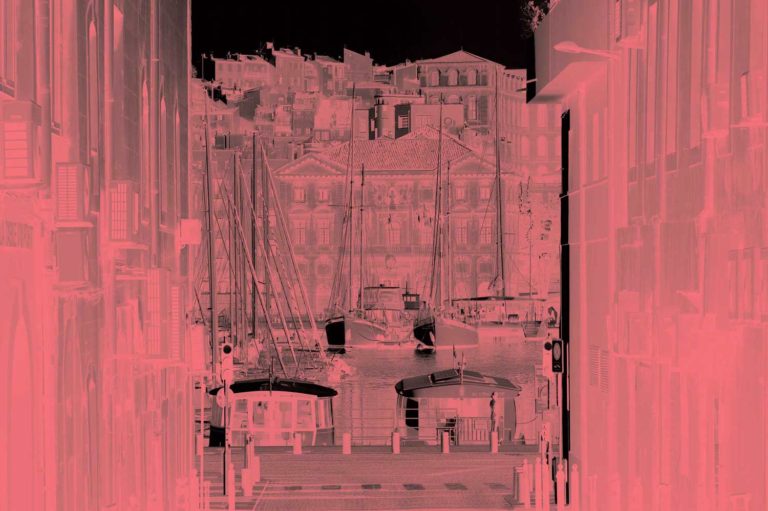 The Refuge
The Refuge 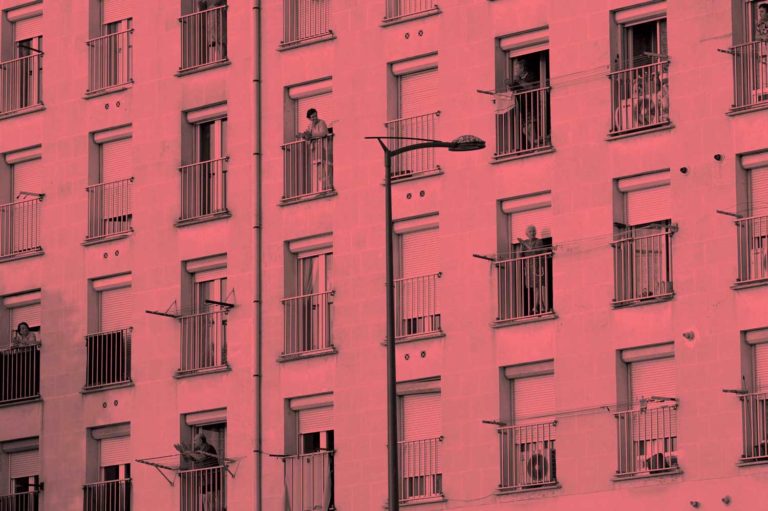 The Almshouse
The Almshouse 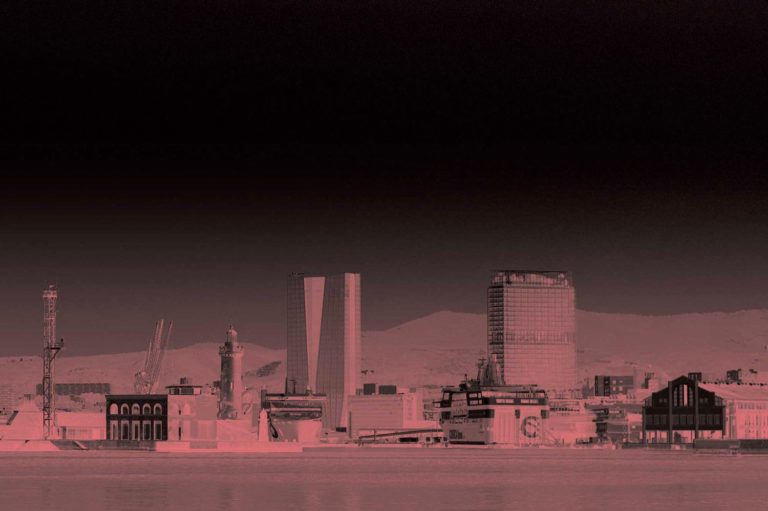 The Port
The Port  The Park
The Park 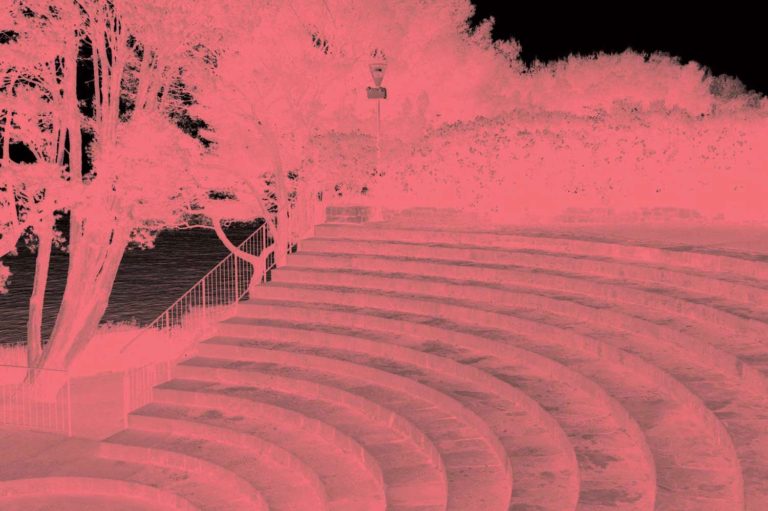 The School
The School